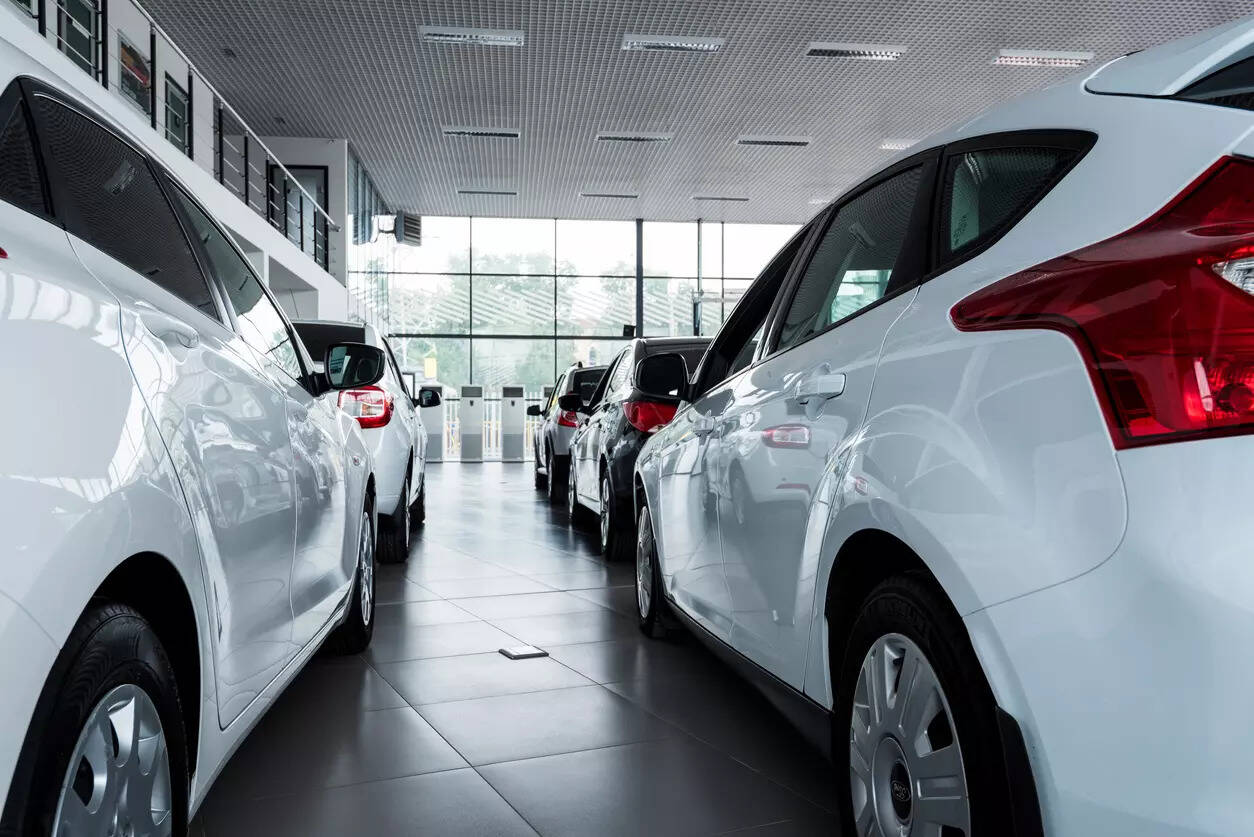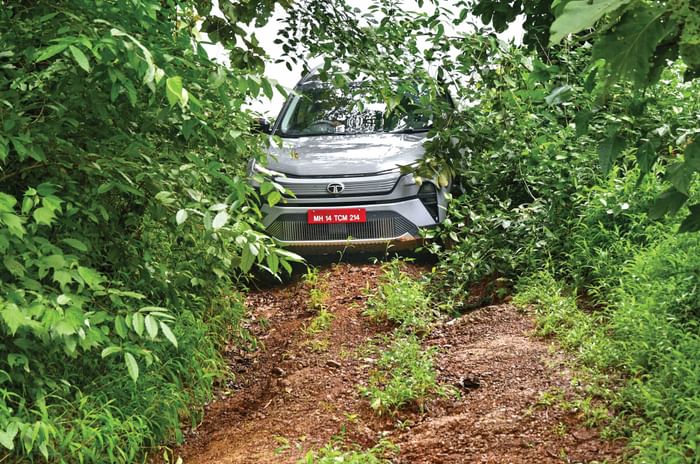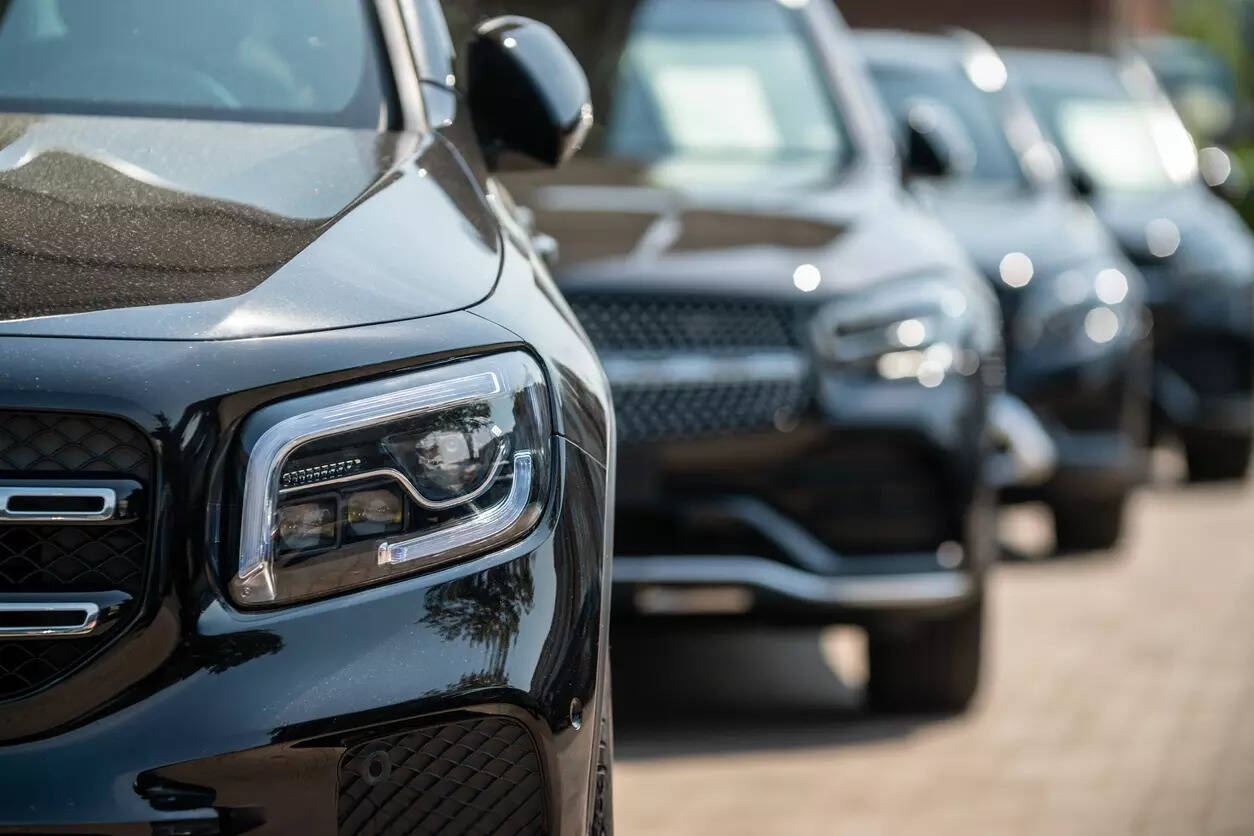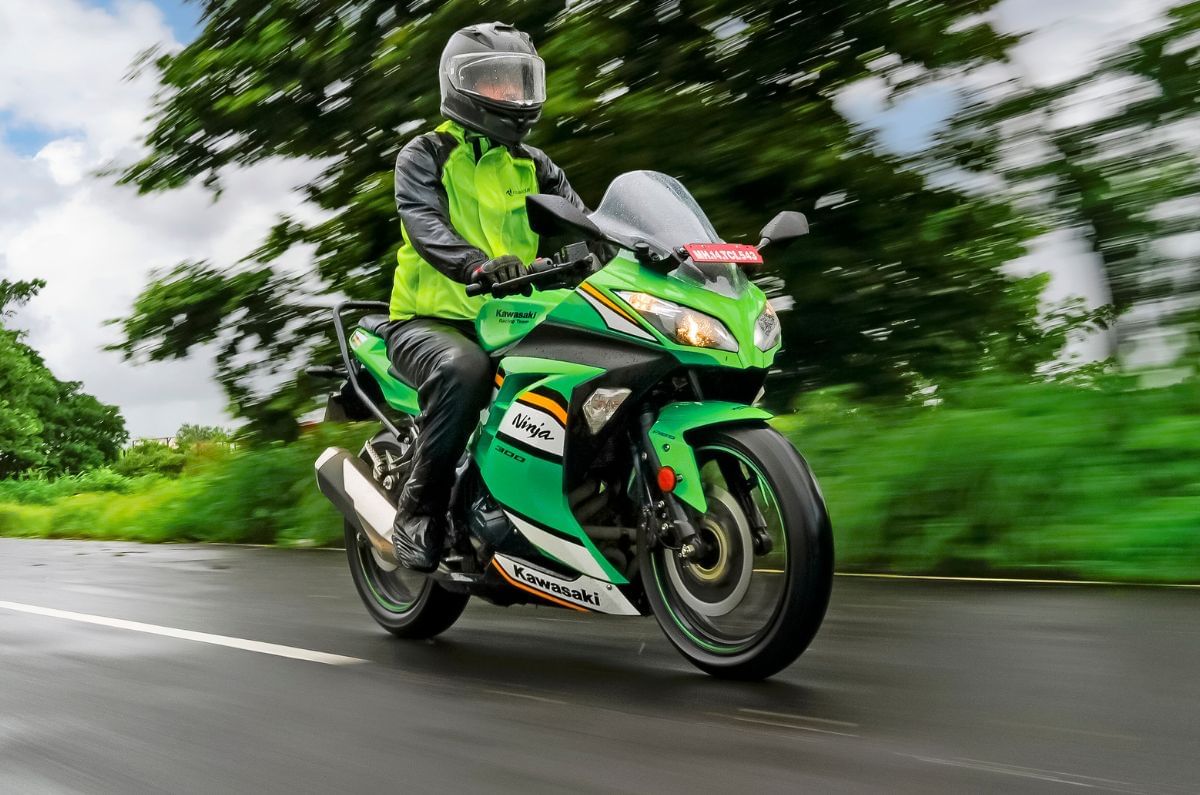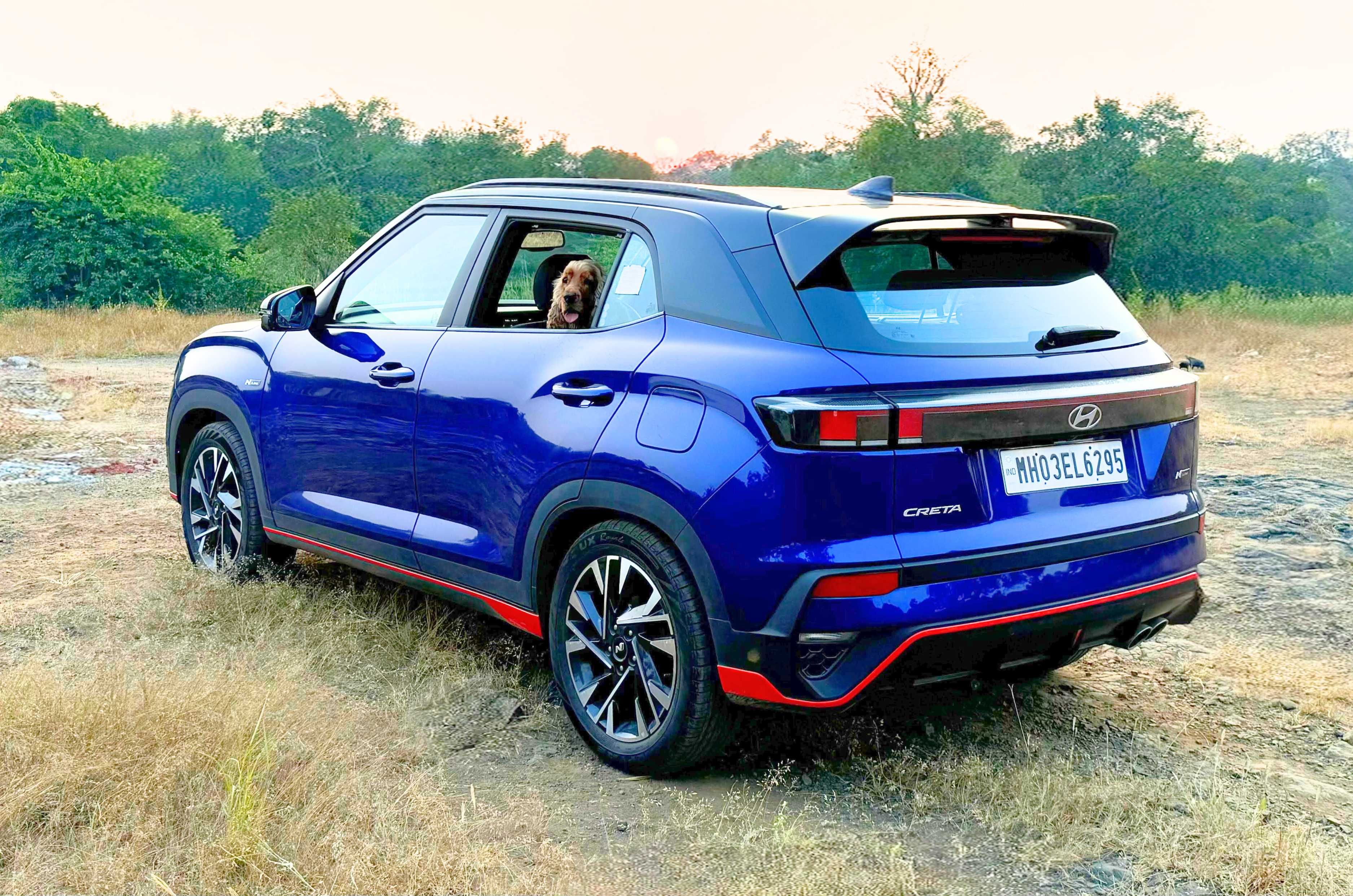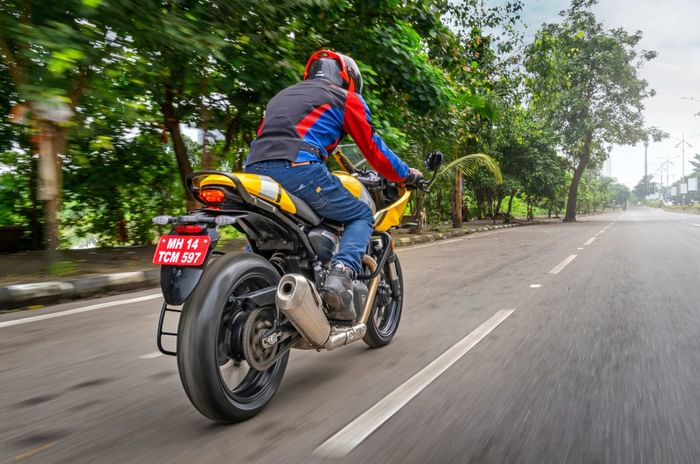The sixth-gen Hyundai Verna, launched in India in 2023, could be due for its first major update sometime next year. Images of heavily camouflaged test mules have surfaced on the internet over the past few months, suggesting that a facelift is in the works with the car currently undergoing testing on public roads.
The images predominantly show the compact sedan from the rear, providing a glimpse of the updated tail lamps and hinting at some of the tweaks to the rear bumper. The full-width lightbar design at the rear looks to be retained, while the tail lamps themselves seem to get new light guides and internals to freshen things up. The bumper, too, looks to have been redesigned with a revised lower section giving it a slightly more squared out look.
Also read: New Gen Hyundai i20 Spied Testing In India

While the test mule sat on the same alloy wheels as the current car on sale, this could change down the line.
Changes to the front fascia for now remain a mystery, though Hyundai could give the Verna a more squared-out look in line with its more recent models. Hyundai’s recent crop of sedans in global markets, such as the new Sonata and Ioniq 6 facelift, arrived with a more angular front end, with more boxy looks and squared-out design detailing, giving the cars a sleeker and more muscular look. The same could be carried over to the Verna as well, with the oversized parametric grille likely being replaced by a more staid rectangular design grille flanked by boxier light clusters. The full-width lightbar is likely to be retained.
Also read: Second-Gen Hyundai Venue India Launch On November 4

Verna’s front fascia could draw stylistic inspiration from global models such as the new Sonata (pictured).
Moving to the features, Hyundai could look to upgrade the feature list for the sedan with tech such as a larger touchscreen with wireless smartphone connectivity, new digital instrument cluster, an updated ADAS suite and more. The current sedan is already a very well-equipped car with features such as heated and ventilated front seats, a 10.25-inch touchscreen, a powered driver seat, auto climate control, auto headlamps, wireless phone charging, leather upholstery and even Level 2 ADAS.
Also read: Hyundai Confirms Entry Electric SUV For Indian Market; Debut In 2027

Mechanically, the Verna is expected to remain unchanged, with buyers offered either a 1.5-litre naturally aspirated petrol or a 1.5-litre turbocharged petrol engine option. Both units are expected to continue to be offered with manual and automatic gearbox (CVT for the 1.5 NA and DCT for the turbo) options.
The facelifted Verna will compete against the likes of the Volkswagen Virtus (the segment’s bestseller), the Skoda Slavia, the Honda City, and the Maruti Ciaz.











